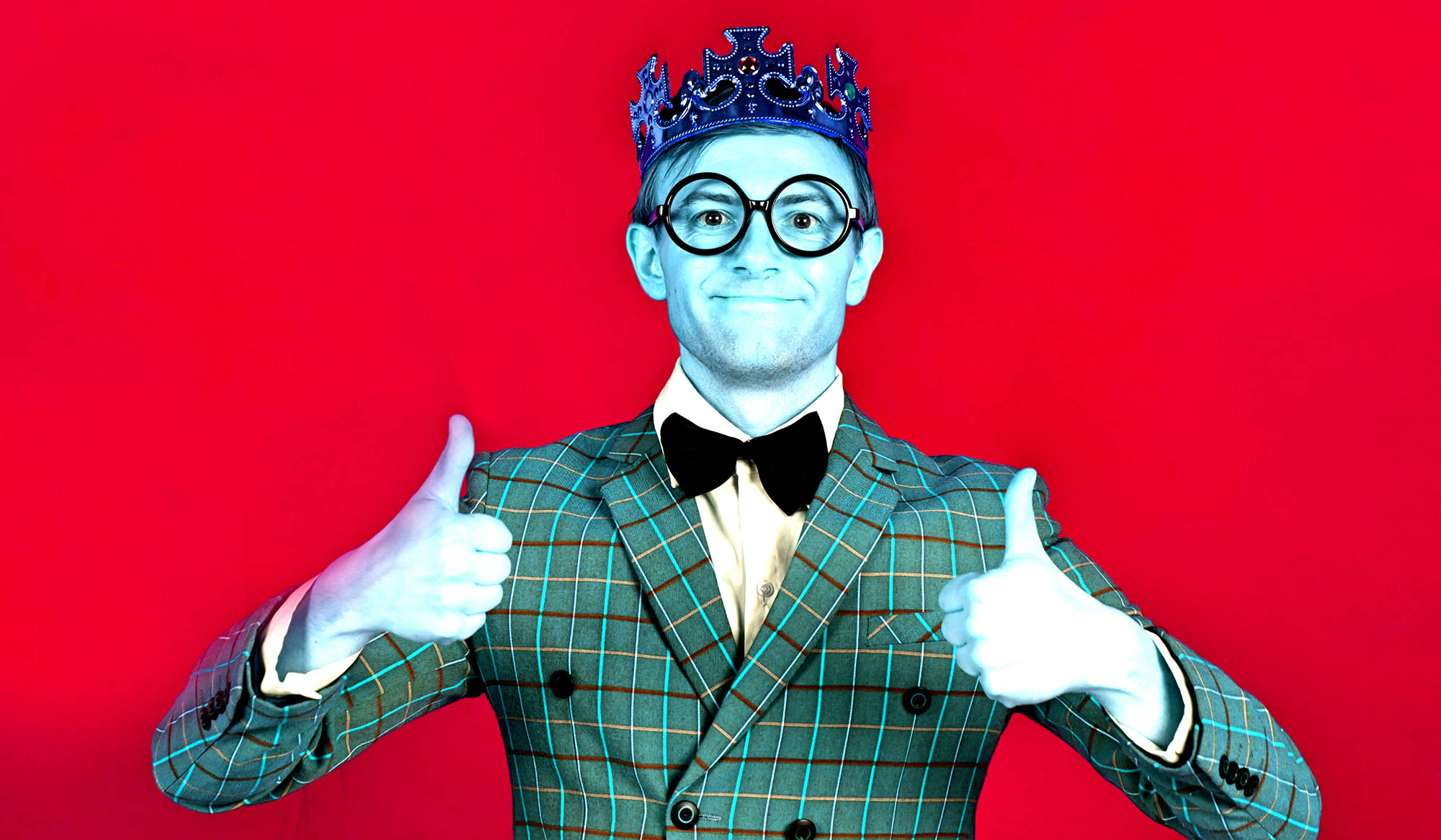By Bruce Parker, Modo CEO
Were you one of the cool kids in high school?[1] One that fit into the natural order of things. You know the cliques - the jocks, brains, preppies, and freaks.[2] Were you someone who had a like-minded group of peers to help you weather the slings and arrows of outrageous high school fortunes? Well, many of us here at Modo were not[3], but we’re not too upset about that. If we’ve learned anything from the current state of in-store mobile payments it’s that being the cool kid maybe isn’t all that it’s cracked up to be. You following our metaphor here? Give us another paragraph or two.
Over the past 8-10 years in the in-store mobile payments scene, it seems like we have all been waiting for one cool kid or another to tell the rest of us how we should act when we take our phones into a store. Whether the mobile carriers (Isis/Softcard), the mobile handset folks (Apple Pay, Android Pay, Samsung Pay), or a series of startups with better ideas (Revolution Money, Obopay) or worse ideas (Clinkle) or somewhere in the middle (Square Wallet). There has even been a consortium of retailers that was supposed to make a mobile pay cool for retailers (MCX). But none of these cool kids have actually gotten us to change our plastic card-swiping ways[4]. These mobile “Pays” from the cool kids aren’t really that cool. And many of them haven’t survived at all[5].
For a while it seemed that the defining issue for paying with your phone in a store was NFC enablement in both phones and in the POS terminals at the merchants. And so we debated. Will they? Won’t they? They DID! But even with NFC radios in nearly every mobile phone sold in the last couple of years, and NFC receivers in nearly every POS terminal bought (with EMV tailwinds no less), we still have practically zilch in terms of in-store purchase volume (<$30b per year)[6]. Even Apple has stopped publishing their Pay volume numbers.
So with the cool kids spazzing out consistently and spectacularly[7], maybe it behooves us to take a look at the fundamental issues that the Pays were supposed to be addressing. The strongest bond in the whole commerce space is between the merchant and the consumer. People develop an affinity for where they shop and the merchant can recognize and reward that affinity through loyalty and reward programs. No one knows shoppers better than the retailers who serve them.
Like the eventually triumphant nerds[8], a few bold retailers have embraced the mobile challenge and have developed their own apps that enhance shopping both online and in-store letting shoppers organize lists, discover and use coupons and offers, track their loyalty status and even navigate the store. Best of all, retailers have discovered that consumers who download and use these apps tend to be among their most loyal shoppers[9] – easily in the top deciles (that’s marketing speak) in terms of financial performance and loyalty.
And the bravest retailers went further by adding their own payment capabilities to these applications. Sometimes linking them to their private label credit programs (Target, Walmart), and other times linking to their store gift card (Starbucks, Dunkin’ Donuts) or their store loyalty program (CVS). Not only does this eliminate their dependency on a big technology or financial company when it comes to their app, it also keeps those companies out of their relationship with their customers. The merchant enrolls the consumer in their own app-based payment solution and then controls the experience. No giving away free behavioral data to tech titans who are just going to use it to help others market to their shoppers.
These retailer specific Pays don’t just improve the customer experience, they pay financial reward in terms of increasing basket size, trips and lifetime spend among consumers who use the application in-store[10], plus the integration to the merchant’s own loyalty initiatives takes two top-tier customer segments and combines them into a Venn Diagram of Retail Love.
You can define your own Pay, and tailor it to your best customers and strongest differentiators just like the early loners who did their own thing (and succeeded). All that’s missing is the courage to realize it’s not all about being a cool kid or staying with the pack. You may also need a digital payments hub to make sure that you can use all of the existing payment, loyalty, offer, and gift systems that you already have in your new Pay of your very own.
This all probably makes you think of the closing scene of the Breakfast Club, doesn’t it[11]? When the loner manages to get all of the different kids from the different cool groups to work together to fight the oppressive power of the administration overlord? Can you hear Simple Minds playing in the background? And see John Bender walking across the field, fist in the air[12]?
If you can, then get your own damn Pay. We here at Modo will be right beside you every step of the way.
___________________________
[1] Have you ever noticed how everyone who asks that question was almost assuredly never one of the cool kids?
[2] Or as immortalized by Secretary Grace: https://www.youtube.com/watch?v=mHa1zTLrXO8
[3] Editor’s Note: By many of us, Bruce really means himself.
[4] Editor’s Note: Bruce wanted to assign a group to each of these. We thought it a bit much, he really needs to get over his high school issues.
[5] https://techcrunch.com/tag/deadpool/
[6] http://www.emarketer.com/Article/US-Proximity-Mobile-Payment-Transactions-Reach-871-Billion-2015/1013278
[7] https://www.youtube.com/watch?v=TcWPiHjIExA
[8] Didn’t catch the reference? http://www.imdb.com/title/tt0088000/
[10] Ditto ^
[11] Editor’s Note: Well, it did for Bruce. But he’s old. So you might have needed a little help. You’re welcome.
[12] Click here if you are having trouble imagining: https://www.youtube.com/watch?v=daU1TYL2ySs
